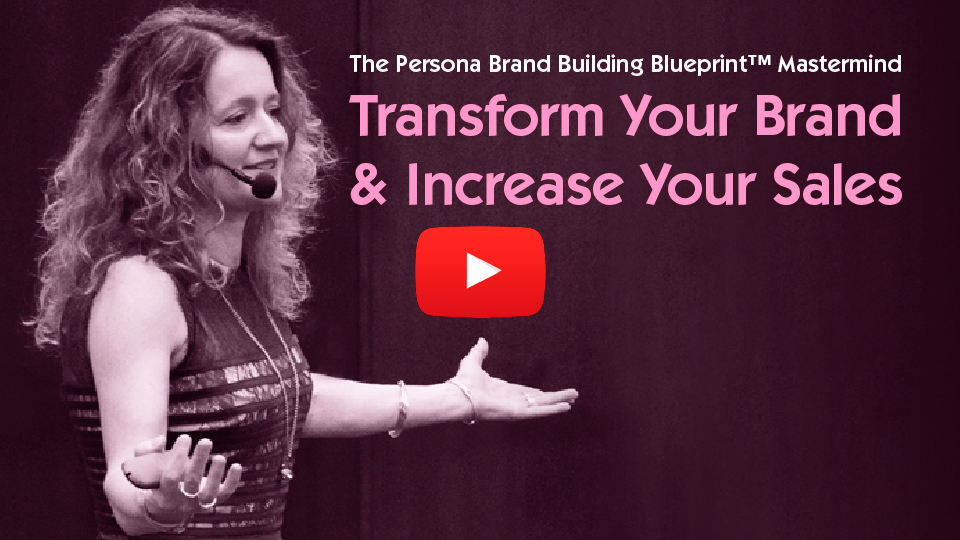Strategic Brand Partnerships: Does My Brand Look Big in This?
In branding, it turns out that bigger is better together. In successful strategic brand partnerships, the branding strategy of two plus two can equal five…or more!
Before jumping into bed together, several questions need to be asked – and answered. It’s essential to be clear and consistent about your values and your vision and to bring that conviction to the relationship from the start.
“Relationships between companies begin, grow, and develop—or fail—much like relationships between people”. – Harvard Business Review[1] |
Objectives of Strategic Brand Partnerships
Strategic brand partnerships are a “win-win” for both parties, delivering a great return on investment when done well while reducing marketing spend internally. It’s important to develop SMART* goals though and a plan for tracking and measurement of ROI in advance.
Partnering with the right business achieves:
- Brand recognition
- Increased visibility
- Inherited reputation
- Validity and credibility
- A pathway to an expanded target audience
“No matter how brilliant your mind or strategy, if you’re playing a solo game, you’ll always lose out to a team.” |
* Watch for an upcoming post covering SMART objectives for brand awareness.
10 Things Brands Must Look for in The Right Brand Partnerships
Successful brand partnerships between smaller and larger or better-known brands can work when there are mutual gains and wider distribution to be achieved by both brands. Both partners must examine the opportunity for synergy by first reviewing each of the following:
- Common brand values
- Complementary brand cultures
- Core competencies
- Mutual benefits; a “win-win”
- Alignment between products or services
- Enriched customer experiences
- Articulation of a clear brand road map
- Resources available
- Ability to reach a wider customer audience
- Mutual trust
If your brand is the smaller partner in the relationship then you need to ensure you have your brand fully codified and mapped out so you can critically evaluate who would potentially be a good partner for you.
Ensuring your brand is properly profiled with its personality, positioning and purpose fully articulated and documented means you’re also more fully equipped on an equal footing to engage with the larger player because they will have all their brand essentials including their brand guidelines fully documented so you want to level the playing field before approaching the deal!
If you want some direction developing your brand and your brand partnership strategy then take a look at our brand building programme called the Personality Profile Performer™. This online course takes you through all the key steps you need to implement in building your brand. You can watch a free course preview here.

Build Your Stand Out Customer Attracting Brand Using The Personality Profile Performer™ Programme with Lorraine Carter
Alternatively, if you want in-person professional direction with expert input to develop your brand and brand partnership strategy and would like to discuss working with us then give us a call T: +353 1 8322724 (GMT hours 9:00-17:00) or drop us a line to [email protected]. We’d be delighted to talk with you.
Related: How to Use Brand Positioning to Build Brand Impact in an Overcrowded Market
Successful Mixed-Size, Mixed-Use Brand Partnerships
Sometimes a brand partnership appears unlikely at first glance. A beverage and a nail polish; a social network and an airline; a music app and yogurt. How and why are these brand partnerships workable? Or even utterly brilliant?
The biggest innovation in media prize went to Burger King when the fast food brand sassily and publicly pitched McDonald’s. The much bigger, better funded golden arches folks declined to co-brand “McWhopper” for a day. Let’s take a closer look at each example.
| PARTNER 1 | PARTNER 2 | BRAND 1 | BRAND 2 |
| Destination | Satellite & Cable TV | NYC & Co. | Nickelodeon |
| Top end designer | High Street retailer | Karl Lagerfeld | H&M |
| Music app | Yogurt | Spotify UK | Danone “Light & Free” |
| Social network | Museums | UNESCO #Museum Week | |
| Soft drink | Nail varnish | Coca-Cola | OPI |
| Online dating | Airline | Tinder | Delta Air Lines |
| Ride Share app | Fast food giant | Lyft | Taco Bell |
| Fast food giant | Fast food giant | McDonald’s | Burger King |
Related: Co-Branding: 13 Tips for Growing Your Brand Through Strategic Partnerships
Take a look at these brand partnerships a bit more closely because there are valuable learnings and takeaways you can apply to grow your business too.
NYC & Co. | Nickelodeon
Brand Partners:
NYC & Company, New York City’s official destination marketing organization, announced Nickelodeon’s Teenage Mutant Ninja Turtles will continue their role in 2017 as Official NYC Family Ambassadors. The co-branded national ad campaign highlights New York City as a family-friendly destination. Its activation allows visitors to pick a turtle to explore a topic.
Why It Works:
It’s fun. A popular, compelling cartoon family become the official brand ambassadors and tour guides for real families who make up about one-third of NYC’s 60 million annual visitors. The campaign’s activation allows kids to pick a turtle to explore a content topic.
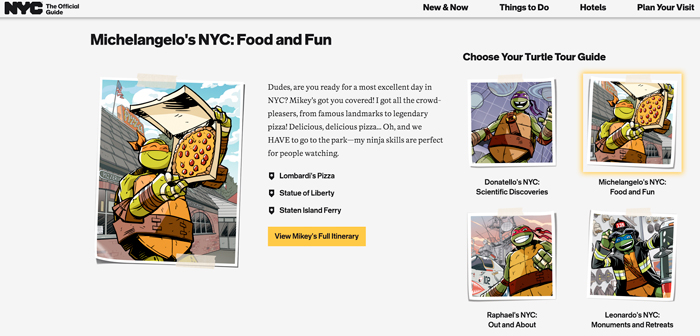
Image via nycgo – NYC Turtles
Related: Personality Matters, Bringing Your Brand to Life to Grow Your Profits
Karl Lagerfeld | H&M
Brand Partners:
The collaboration that changed everything is revived once or twice a year with other top-end designer brands. It seemed incredible when introduced in 2004[3], a partnership between Karl Lagerfeld, haute couture fashion icon, and a mass market clothing chain. The in-store collection that was meant to last two weeks sold out to frenzied shoppers in 25 minutes in many of the retailer’s 1,000 locations.[4]
Why It Works:
Initially shocking, now it’s cool to make luxury apparel affordable. Both brands have reached new markets. The choice of designer is kept quiet in advance, and the collections’ resale market is as vibrant as the pieces that fly out the doors on opening day.
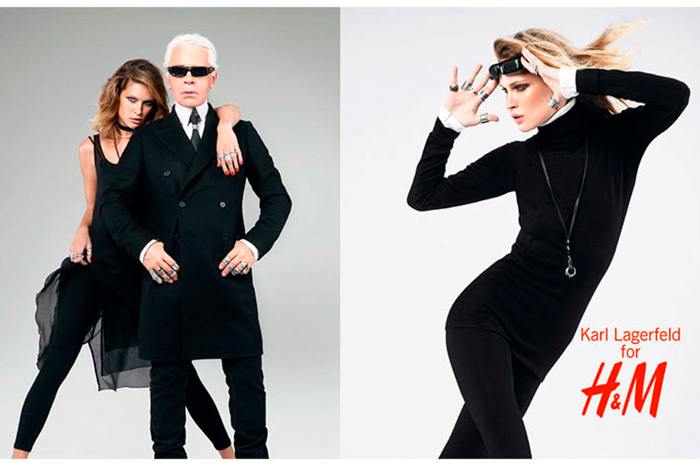
Image via Harper’s Bazar UK
Spotify | Danone
Brand Partners:
What does yogurt sound like? Danone signed a year-long deal to associate its ‘Light & Free’ brand with Spotify ‘Chill’ moments, targeting listeners, artists, and influencers to create chillout playlists with ads for yoghurt.
Why It Works:
Pairing up products with moods resembles the way music reflects moods. Both brands suggested that consumers “really enjoy the feeling of ‘Light & Free’ at first hand.”
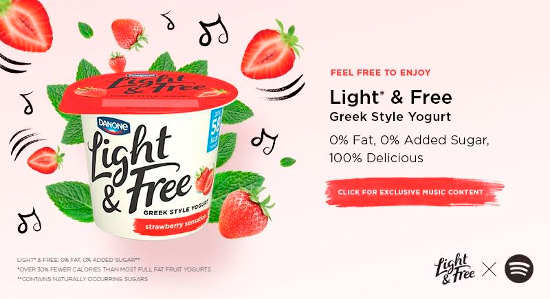
Image via Event Magazine, Danone, Spotify
Twitter | Museum Week
Brand Partners:
The first-ever #MuseumWeek launched in 2014 with Twitter as a partner. Hundreds of cultural institutions and heritage landmarks across Europe tweeted out 140-character bursts of inside information, facts and trivia to promote sharing and pique curiosity. Powered by UNESCO, it’s an annual success.
Why It Works:
Nobody gets museum fatigue. Twitter is the perfect partner for pumping out fascinating, compelling conversation-starter tidbits: “Did you know a bluestone weighs 2 tons, the same as 22 sheep?”
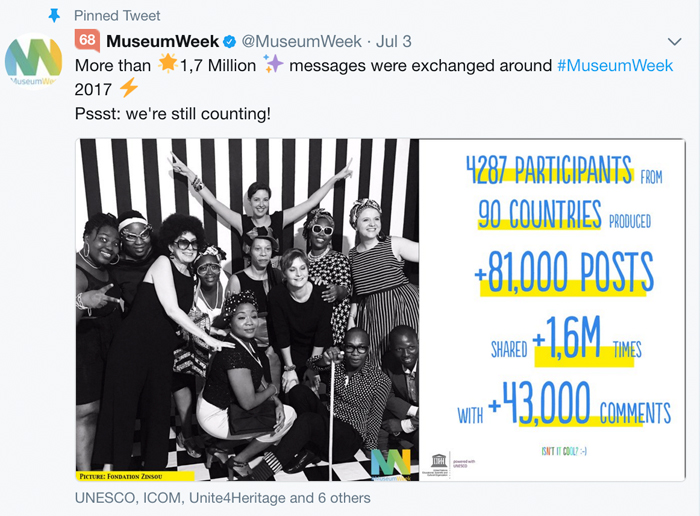
Image via Twitter
Coca-Cola | OPI
Brand Partners:
Paint your nails a flavour? Coca-Cola Red, of course. ABC News reported, “It may seem like an oddball pairing, but the connection between Coca-Cola and beauty products is not unprecedented…Coca-Cola said that partnerships with nail polish and lipstick brands actually date back to the 1940s. More recent products include Bonne Bell’s Coca-Cola flavoured lip balms.”[5]
Why It Works:
Both brands are pitching happiness in a bottle to an important female customer segment. For the nail polish, the association says, “I’m a classic.” For Coca-Cola, the association says, “I’m hip and happening.”
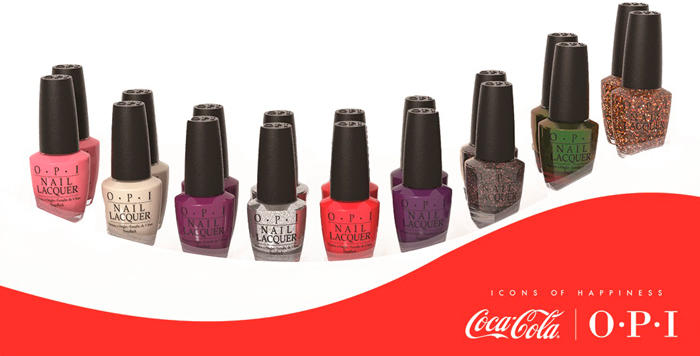
Tinder | Delta Air Lines
Brand Partners:
Delta’s promotional partner Tinder says, “World travellers are more likely to be swiped right.” On their Facebook page, AdWeek proclaims “Bravo, Delta.” The creative teams painted famous international landmarks on a Brooklyn, NY #DeltaDatingWall for selfies.
Why It Works:
Because travel is a turn-on. Because selfies are instantly shareable. And because data supports the validity of the claim. Both partners reach a prime customer audience in a densely populated, trendy neighbourhood.
- 62 percent of men and 74 percent of women want a partner who shares their travel interests
- 1 in 2 singles say travelling is one of their favourite things to do
- 1 in 2 singles say travelling to a new city to meet a date would be exciting
- 1 in 3 singles ranked travel as a top priority in 2017
- 57 percent of singles take 1+ vacations year
- 1 in 3 singles try to go somewhere different for vacation every time they travel
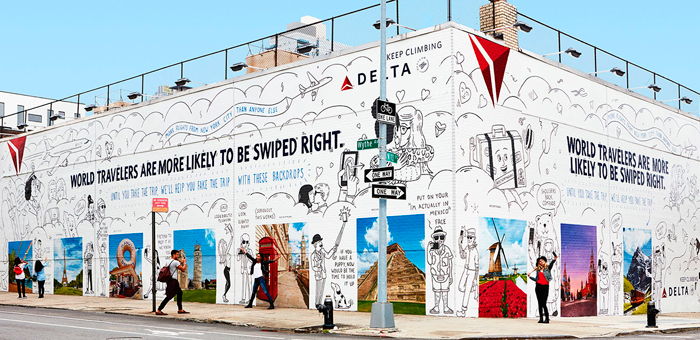
Image via AdWeek
Lyft | Taco Bell
Brand Partners:
Lyft (a Uber competitor) is partnering with Taco Bell to satisfy your late night hunger pangs. Taco Mode encourages Lyft riders to make a pit stop at a California Taco Bell fast food location for a free Doritos Locos Taco before reaching their final destination. Request to be collected in a Taco-themed car between 21:00 p.m. to 2 a.m.
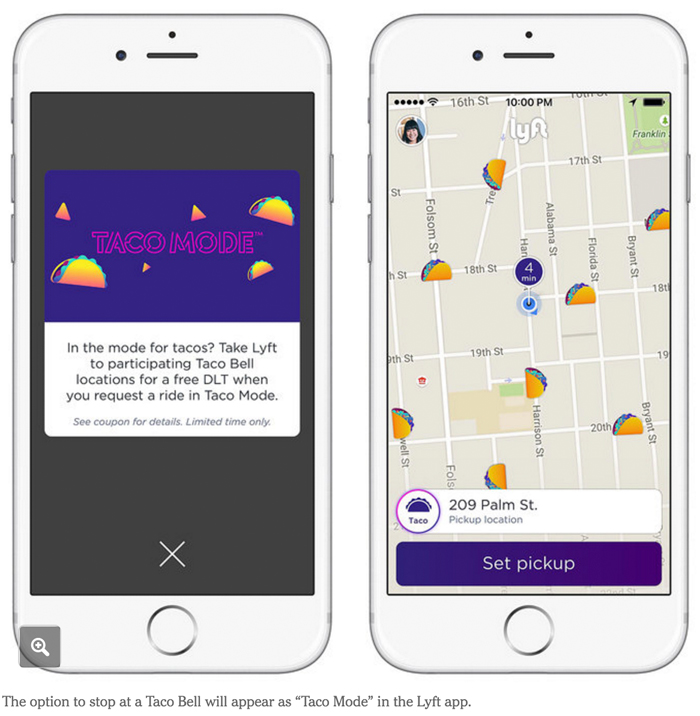
Image via New York Times
Why It Works:
The emphasis is squarely on the customer experience. Taco Bell tells the New York Times[6] this partnership represents a new type of “experience innovation,”[7] delivering customers to the food instead of vice versa.
McDonald’s | Burger King
In the best partnership that never happened, Burger King got everyone talking when they publicly proposed a ceasefire on burger wars in an open letter to McDonald’s. In full page ads, Burger King suggested a hybrid McWhopper to mark World Peace Day. While McDonald’s rejected the tongue-in-cheek partnership, BK’s 2016 print campaign won a Grand Prix at the Cannes Lions festival. (Just what Burger King wanted: Attention!)
Related: Use Humour in Branding to Create Strong Emotional Bonds so You Increase Sales
SMEs and Co-Branding – Leverage These Brand Partnership Ideas to Grow Your Business
Strategic partnership brand strategy can be especially fruitful for startups and small-to-medium sized companies that find the right collaborator in a bigger brand. By engaging with a like-minded big brand buddy, a smaller brand can build traction, momentum, and credibility while stretching their branding budget.
This works especially well when a bigger brand is launching in a new market, hence it must behave like a small brand, as there’s not yet brand awareness. Carabao Energy Drink was unknown when it was recently introduced in Europe while enjoying a strong second place standing in its category in Thailand with 21 percent market share.
However, small and big isn’t an exclusive combination solution. Two small brands or two big brands can also support one another very effectively as evidenced here in the four case studies detailed below.
| PARTNER 1 | PARTNER 2 | BRAND 1 | BRAND 2 |
| Energy drink | Sports teams | Carabao Energy Drink | English Football League |
| Online dating | Dining app | Match.com | Grub Club |
| Destination | Bank | Tourism Authority of Thailand | Krungthai Bank |
| Supermarket chain | TV show | Coles (Australia) | MasterChef (Australia) |
Related: From Zero to Hero, How to Become a Must-Have Brand
Want to develop your strategic partnerships branding strategy so you can grow your brand awareness, increase your sales, expand your market reach but you’re not sure where to start to get a successful return on your investment?
Just drop us a line to [email protected] or give us a call T: +353 1 8322724 (GMT 9:00 – 17:00) — we’re here to help.
If you want direction and support transforming your internal branding strategy so it empowers your team and increases sales then the Persona Brand Building Blueprint™ Mastermind is the perfect fit for you.
This is a two-day brand building intensive shared with a small group of like-minded peers where you work on your brand with our leadership. In fact, over the two days, you reevaluate your brand, codify it and create your brand strategy from the ground up whether you’re revitalising an existing brand or creating a new one.
This is a highly empowering workshop where we take a deep dive, step-by-step into how to build a brand. You discover and apply the systems and methodologies used by some of the world’s greatest brands as you work on your brand under Lorraine Carter’s direction and tutelage so you can grow your own brand and business.
This is not a theory based program but a highly interactive fast-track course where you work intensively on your brand throughout the programme duration using our ten step system to:
- Completely re-evaluate your brand to make it much stronger so it’s highly visible enabling you to increase your profits
- Map out your brand in full so it’s codified and comprehensively documented to grow your business faster
- You leave with your total brand road map or GPS of your brand empowering you to manage your brand, stand out and attract your ideal customers so you multiply your sales
Outcome:
Your brand transformed so you can increase sales.
At the end of the two-day Persona Brand Building Blueprint™ Mastermind you leave with your fully documented brand strategy ready for implementation in your business or organisation.
Ring us to discuss your brand building preferences
Just drop us a line to [email protected] or give us a call T: +353 1 8322724 (GMT 9:00 – 17:00) to discuss your preferences and we’ll develop your brand building intensive bespoke to your particular brand requirements so that you’re empowered to develop and lead your internal brand building team.
Related: How Do Challenger Brands Become Market Leaders?
Carabao | English Football League
Brand Partners:
Carabao is a Thai energy drink with good market share. However, the brand was unknown in the UK, part of its European launch. Carabao is a principal partner of both Reading FC and Chelsea FC.
Why It Works:
Pro sports and energy drink are an obvious dynamic pairing. The English Football League and its 92 member clubs got a shot of adrenaline when Carabao signed on for three years of title sponsorship. Carabao got instant brand recognition as a major player in its new territory.[8]
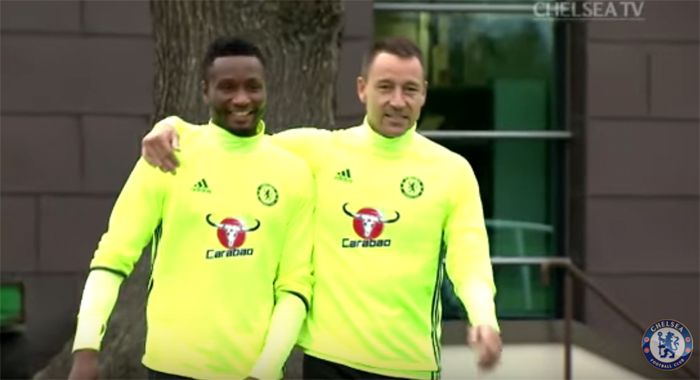
Image via Chelsea FC TV
Match.com | Grub Club
Brand Partners:
Grub Club connects chefs with underused spaces for pop-up dining. Diners are delighted by quality food in quirky places. The supper club startup was founded in London in 2013. Grub Club hosted an après ski-themed evening with Match.com, one of the largest dating sites.
Why It Works:
Dinner = Date Night. Even if it’s over the top for a first date, Grub Hub engages with an established like-minded web-based company that acts as a big brand buddy, helping them build brand momentum and credibility. The bigger brand gets access to a closely aligned niche.
“Very few startups have any marketing budget so the only way to get your brand out there is by setting up strategic partnerships with companies big and small.”[9] – Siddarth Vijayakumar, Co-founder of Grub Club |
Related: The Case for Brand Disruption, Be The Disruptor or Be Defeated
Tourism Authority of Thailand | Krungthai Bank
Brand Partners:
Medical tourism meets beach holidays. The largest bank in Thailand partnered up with the national tourism office to promote the destination for people who combine treatment with travel.
It’s a large and growing international trend, and Thailand is a leader in the market.
Why It Works:
A health and wellness website[10] highlights popular treatments available in Thailand as well as providers. The bank offers tourists the Miracle Thailand Card, a free visitors’ debit card that carries some medical and life insurance coverage and is accepted at 286 hospitals.
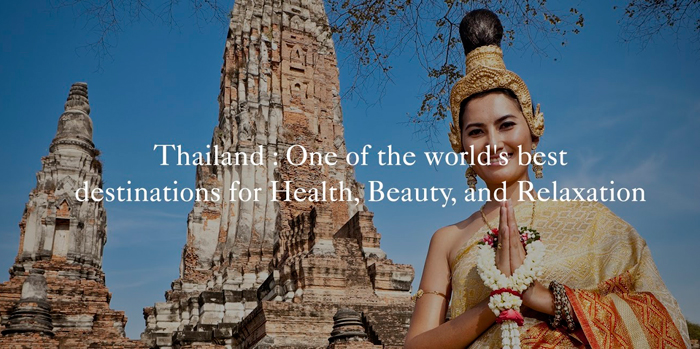
Image via Thailand Tourism
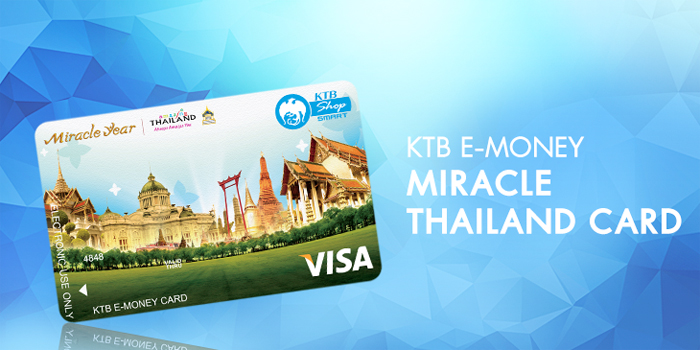
Image via Krungthai Bank
Related: Brand Management: Top 10 Tips for Managing Your Brand Reputation
Coles | MasterChef
Brand Partners:
Business surged when the Western Australian supermarket chain launched “To cook like a MasterChef cooks, shop where a MasterChef shops” as a campaign tied to recipes used on the reality TV show.
Why It Works:
How about a 30 percent uptake overnight in the meat sales for a MasterChef beef stroganoff dish?[11] From spices to cooking equipment, the grocery store chain says revenue is soaring. For MasterChef, the positive impact on expanded viewing audiences tuning in for the next bright cooking idea is built right into this “win-win” partnership. After all, everyone regularly goes grocery shopping.
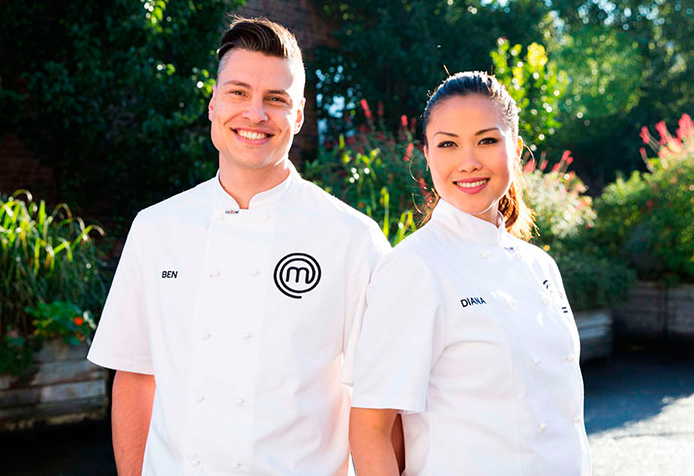
Image via TenPlay TV MasterChef
So the question is, have you considered strategic brand partnerships to increase your brand awareness, market reach and sales? Scale and size is not an excuse because this is a brand strategy open to large and small with innovative thinking — once you have a few fundamentals in place, like codifying your brand as previously mentioned.
Consider Strategic Brand Partnerships to Increase Your Customer Base and Grow Your Sales Fast
- Do you have a marketing budget dedicated to brand partnership opportunities?
- Do you have clear objectives in mind for a potential co-branding campaign?
- Do you have one or more potential co-branding partners in mind for your business?
- What innovative co-branding or brand partnerships have impressed you lately?
Related: Brand Profiling, How Brand Performance and Purpose Are Inextricably Linked
[1] https://hbr.org/1994/07/collaborative-advantage-the-art-of-alliances
[2] https://www.forbes.com/sites/danschawbel/2012/02/14/10-memorable-quotes-from-the-start-up-of-you/#1b2295315b3c
[3] http://about.hm.com/en/media/news/karl_lagerfeld_and_hm.html
[4] http://wwd.com/fashion-news/fashion-features/truly-fast-fashion-h-m-8217-s-lagerfeld-line-sells-out-in-hours-593089
[5] http://abcnews.go.com/Lifestyle/coca-cola-manicure/story?id=23713099
[6] https://www.nytimes.com/2017/07/25/business/media/lyft-taco-bell.html
[7] https://www.youtube.com/watch?v=brJoJlRu_0Y
[8] https://www.youtube.com/watch?v=DBggju4mBGE
[9] https://www.marketingweek.com/2014/02/12/start-ups-and-big-brands-join-forces-for-mutually-beneficial-partnerships/
[10] http://thailandmedtourism.tourismthailand.org
[11] http://www.theaustralian.com.au/business/media/masterchef-sparks-coles-sales-surge/news-story/e6ef72e4b4f1793a9bd453fc7936970d

